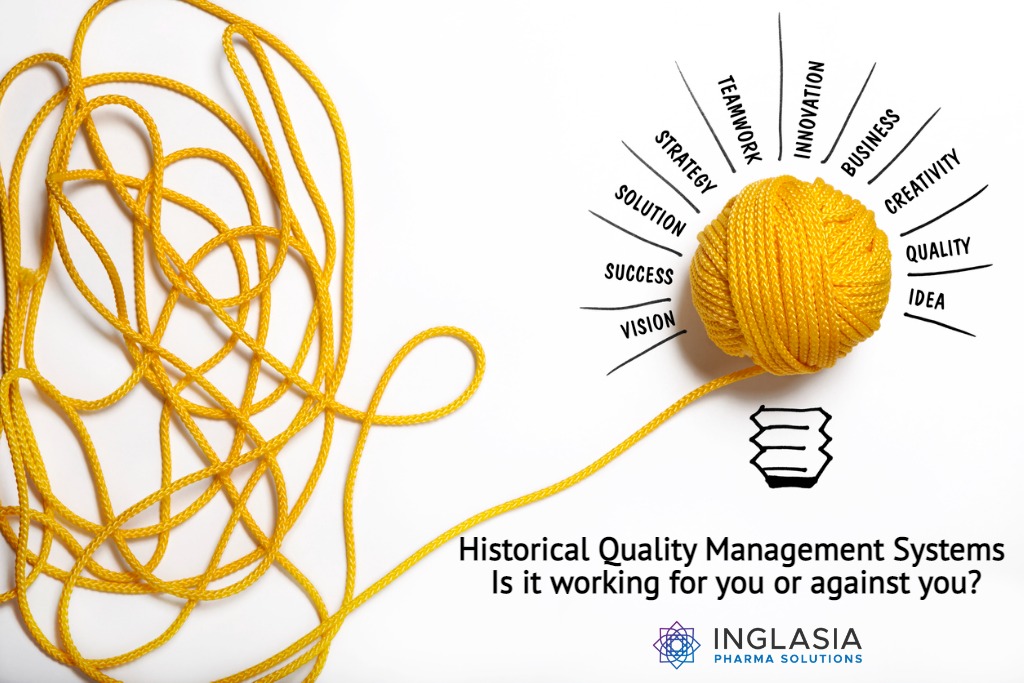Historical Quality Management Systems – Is it working for you or against you?

Over the years and working across different companies within the Pharmaceutical and Biotech industry, I have come across Quality Management Systems (QMS) which have become top heavy and cumbersome to work with – the response when digging further is “well if it’s not broken” – it may not be broken, but is it suitable for a company hoping to improve?
One clue that things may not be working smoothly, is if you notice that you are chasing personnel to see why KPI’s are not being closed on time – the usual response is “we are way too busy to find time”. In my experience, it is most likely the procedure has become unnecessarily excessive as opposed to the teams being time pressured.
For example, let’s look at Change Control. When a startup company begins to introduce a QMS, a change procedure will be introduced to suit the company at its present stage. Over time the company grows, in some cases growing fast. The procedure grows with it and not always for the best. The system becomes clumsy and not straight forward to follow for personnel using it. Records are incorrectly completed, and the consequence is a lot more work putting things right – in a worst-case scenario, personnel my not even raise a Change Control as its too daunting, causing even bigger issues in the long run.
If you have started to notice the Changes are frequently going past their deadline, then the procedure is clearly not working. First thing to do is talk to the relevant department/s that follow the procedure on a regular basis. Ask how they feel about it – listen and take on their comments as they are the ones using it after all.
One way of introducing inclusivity in Change procedure is to form a Change Review Board (CRB). The CRB will include a member from each department/function who can discuss the change and whether it is in fact a justified Change. They can also discuss whether this Change is “minor”, “major” or “critical” and which departments it will impact while also determining relevant action owners. This way everyone is aware what they have to do to successfully complete that Change. This will also mean that not every aspect has to be added to the SOP/Form and both can therefore be streamlined.
Don’t be nervous about updating your companies QMS – in the long run this will benefit everyone. If you feel like this applies to your QMS and Change Procedure, please drop me a message at info@inglasia.com and we can discuss the impact we can have.
Written by: Adrian Smith, GMP/GDP Consultant
